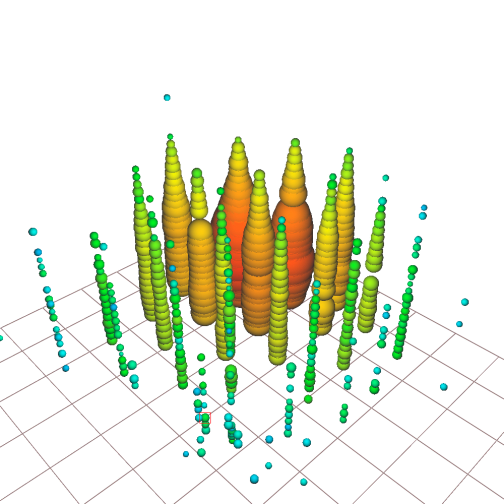Nature paper describes IceCube’s detection of a 6.3-PeV neutrino via the Glashow resonance
On December 8, 2016, a high-energy electron antineutrino hurtled to Earth from outer space at close to the speed of light carrying 6.3 PeV of energy. Deep inside the ice sheet at the South Pole, it smashed into an electron and produced a particle that quickly decayed into a shower of secondary particles. IceCube had seen a Glashow resonance event, a phenomenon predicted by Nobel laureate Sheldon Glashow in 1960. With this detection, scientists provided another confirmation of the Standard Model of particle physics. It also further demonstrated the ability of IceCube to do fundamental physics. The results were published in Nature on March 10, 2021.
